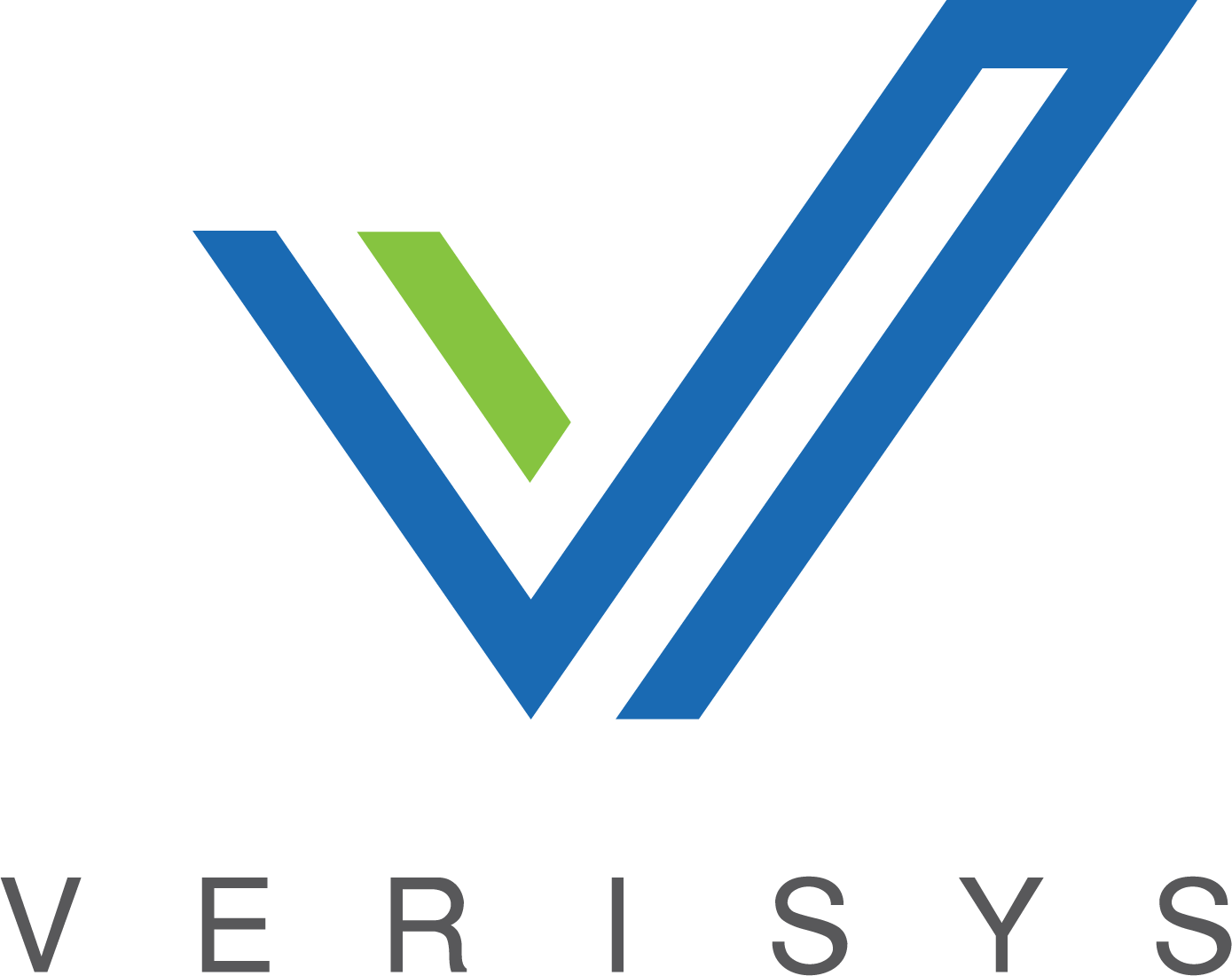– The best resource for monthly healthcare regulatory compliance updates. Compliance Updates: April 2024 Overlook: Licensure Compacts Other Legislation Board Updates Interstate Medical...


In March 2020, the healthcare system was put under unparalleled pressure from the mass spread of the novel coronavirus (COVID-19) and the lack of personal protective equipment (PPE), insufficient patient testing, and institutional stresses in the care of infected persons.
This has prompted a historic move toward the authorization and adoption of telehealth services which has been resisted by opponents who question telemedicine’s effectiveness in providing patient care, licensure allowances, reimbursement and cite privacy, and accessibility concerns. Despite apprehensions, in response to the coronavirus outbreak, the U.S. Department of Health and Human Services (HHS) approved the use of telehealth services as part of the Coronavirus Preparedness and Response Supplemental Appropriations Act.
However, overwhelmed systems and loosening of restrictions in response to COVID-19 has hospital administration concerned about liability and risk during an unprecedented surge that also increases the risk of healthcare fraud and scams. In September of 2020, the Department of Justice (DOJ) charged hundreds in connection with $6 billion of healthcare fraud in the largest takedown ever. $4.5 billion was connected to telemedicine. In 2019, the National Health Care Anti-Fraud Association (NHCAA) estimated that nearly $300 billion was lost in healthcare fraud.
Despite DOJ efforts to uncover fraudulent activity in healthcare, it is likely that the coming years will be equally turbulent as technology solutions rise to meet increasing healthcare needs. To decrease fraudulent activity and prioritize patient safety, it will become more important than ever for healthcare institution oversight to include preemptive, automated protocol for provider screening against exclusion and debarment lists.
Regulation Modifications During COVID-19
CMS has put temporary modifications in place for those enrolled in Medicaid, Medicare, and Children’s Health Insurance Program (CHIP) during the COVID-19 public health emergency. These measures include (but are not limited to):
Frequent regulation updates can pose increased healthcare fraud risk to healthcare institutions. Administrators should regularly check changing policies to stay up to date. DOJ efforts such as the Medicare Fraud Strike Force have increased vigilance. If a healthcare institution unknowingly employs providers who have been sanctioned or excluded on state or federal lists, in addition to risking patient safety, the employer may face severe consequences, including financial penalties, delays or loss of privileges and/or payments.
In addition to staying current on changing policies, it is also critical that healthcare administrators stay familiar with logged cases of healthcare fraud to detect any fraud or suspicious activity in their own organizations. To mitigate risk, healthcare institutions should employ continuous monitoring to avoid healthcare fraud and scams which have been increasing over the last several months. Institutions should be aware of the following cases of healthcare fraud convictions.
Although alarming, these fraudulent activities in healthcare are common. The current combination of overwhelmed systems and changing regulations only exacerbates this problem. This small sampling of fraud and abuse at the end of 2020 demonstrates the need to protect healthcare institutions, other providers, and patients by screening and monitoring to prevent provider schemes and fraud.
In all of these situations, a license monitoring program could have been used to detect or avoid these fraudulent activities. Software with automated continuous monitoring and provider screening should be part of all healthcare administration processes to screen providers against thousands of exclusion, debarment, and sanction lists including OIG LEIE, Department of Justice lists, all state medical boards, sanctions lists such as OFAC or SDN lists, and much more. Screening software such as FACIS would show the exclusions and debarments as well as reinstatements of such providers across state lines to prevent further healthcare fraud and abuse.
Continuous Monitoring That Mitigates the Emerging Risks
Both telemedicine and the adoption of technology to reduce administrative burden form an even greater risk for provider fraud schemes if not properly monitored. What systems does your healthcare institution have in place to prepare for more ubiquitous adoption and use of telehealth services? How should hospital administrators manage emerging risks? If companies don’t adopt provider screening processes, they may expose themselves to liability.
Automated systems can be leveraged with software that continuously monitors licensing, healthcare sanctions and exclusions, and abuse lists, including DOJ and DEA alerts. FACIS is the number one trusted data platform and a nationally used database for screening and continuous monitoring against healthcare exclusions, debarments, disciplinary actions, and healthcare sanctions. FACIS includes 2,500 additional state sources covering all taxonomies in all publishing jurisdictions.
The technological advancement that has occurred in telemedicine in light of COVID-19 has tremendous potential. But as this technology, along with other forms of artificial intelligence, are woven into a new model of delivering healthcare, the risks that technology poses can increase if not properly monitored. For healthcare administrators, mitigating the risks of telemedicine will prove as important as the technology itself.
After the 2020 National Healthcare Fraud Takedown charged 345 defendants in 51 judicial districts and found over $6 billion in alleged losses, 2021 is a new year to use telemedicine to its full potential while also mitigating risk and putting in place proactive procedures to prevent healthcare fraud.
As a new model of medicine emerges, is your healthcare institution ready to fight the new methods of healthcare fraud? In order to proactively mitigate risk with the highest quality of provider screening and monitoring, contact Verisys for the most comprehensive database in the healthcare industry for provider screening and license verification.
 |
Written by Verisys Verisys transforms provider data, workforce data, and relationship management. Healthcare, life science, and background screening organizations rely on our comprehensive solutions to discover their true potential. Visit verisys.com to learn how we turn problems into power.
|